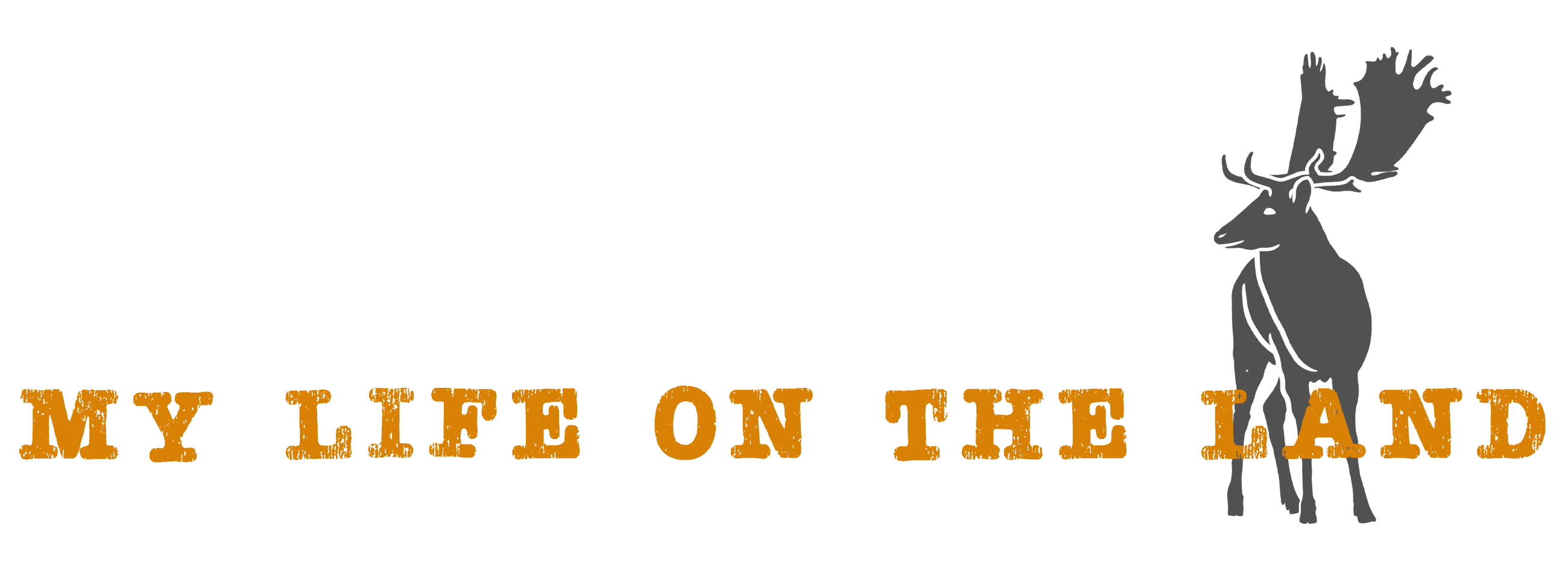It is one of the biggest paradoxes of wildlife conservation that killing animals could be the best way to save them. In fact, on the surface, it seems ludicrous to think that death could ever be the best vehicle for life.
However, you only have to look at the two most successful conservation models in the world – South Africa and North America – both built on a foundation that includes recreational hunting.
These systems have been so successful at increasing wildlife populations that they are starting to be copied around the world by governments wanting to protect critically endangered species and sensibly manage wildlife populations.
Let’s take a look at the South African model of wildlife conservation and see what we can learn from it.
What is conservation hunting?
 Hunting is often blamed for a decline in animal populations, and while unregulated hunting (and its evil cousin, illegal poaching) can play a small part in wildlife decline, the biggest culprit is human encroachment – in particular, urban development and agriculture.
Hunting is often blamed for a decline in animal populations, and while unregulated hunting (and its evil cousin, illegal poaching) can play a small part in wildlife decline, the biggest culprit is human encroachment – in particular, urban development and agriculture.
Human populations grow, which requires more housing, which requires more roads and infrastructure, which requires large farms to feed the growing population.
And all that development means that huge tracts of land have to be cleared.
In this environment, wild animals are viewed as a cost, not an asset. The herbivores either compete with livestock for prime grazing or eat the crops before they can be taken to market. Predators and larger mammals become a direct threat to livestock, pets and local communities.
This is really no different to how we view native species here in Australia.
When animals are seen as a cost or a threat, there is no financial incentive to keep them around. Unfortunately in South Africa, that meant many wild animals were killed off or forced out of the area – or worse, caught and sold off to zoos and private collectors overseas (this still happens in other African nations).
How South Africa saw a massive decline in animal populations
By the 1960s, wildlife existed only in undeveloped areas and the small handful of national parks that had been set aside.
The only place wildlife was protected was within those national parks. Everywhere else, they were fair game.

In 1964, the South African government made a chilling discovery. Wildlife populations had decreased so dramatically there was only an estimated 575,000 wild game animals left in the country.
At that time, safari hunting and game ranching was a fledging industry with virtually no impact on the animal populations in the country.
One thing soon became very obvious: the hunting industry was the only thing placing a monetary value on wildlife and wild areas and therefore offering an incentive to protect them.
It took the South African government until 1991 to truly understand this correlation, at which time they introduced the Game Theft Act. This piece of legislation allowed private ownership of wildlife but required all the animals to be fenced in behind high fences.
This was the first time that hunting became an economically viable industry in South Africa. Farmers and entrepreneurs now had a direct incentive to purchase large tracts of land to restore to wild areas for the protection and conservation of wildlife.
Wildlife management and sustainable land use
One of the key aspects of animal management that most activists don’t understand is the need to selectively reduce the herd.
For starters, the land has a limit to how many animals it can sustain. If the herd grows too big, and starts to put pressure on the eco-system, all species on that land will suffer and many will starve, dying a slow and painful death.
Parks and ranches with big animals, like elephants, giraffes, rhinoceros, hippos etc need to carefully manage their wildlife populations to ensure the land can sustain all of the animal species inhabiting the landscape.
One example of how quickly this can escalate if not managed can be seen in Kruger National Park. Scientists have been calculating the ideal herd numbers of all species for Kruger since the 1960s, and have recommended that the maximum number of elephants the park can sustainably cater for, without adversely affecting other animal species, is 7000 elephants. This optimum number was maintained through selective culling and hunting until 1994, when the government bowed to international pressure and stopped all elephant culling in the park.
By 2015, the number of elephants in Kruger National Park had swelled to 17,086, with an annual growth rate of 4.2 percent – 10,000 more elephants than the park can sustain. This overpopulation has a direct correlation and impact on other species within the park, which means while elephant populations are growing, other species are declining.

Unfortunately, the international community believe that they are doing a good deed by forcing African governments to halt all culling and hunting of big game animals. If only they realised these naive attempts at conservation actually cause more harm than good to ALL animals.
One of the most effective ways to manage wildlife is through selective culling. Older animals are removed in order to make way for younger animals. This helps to ensure the animals aren’t becoming inbred.
Selective culling also involves removing animals with poorer genetics, and in removing problem animals, particularly those that have become excessively aggressive.
The aim of culling is always to maintain balance and optimum health for the majority. It is macro management, not micro management – or the principle of some must suffer for the greater good.
Financial implications of wildlife
If we can accept that animal populations must be balanced, and that some animals must die to ensure the health of the rest of the herd, there are really only two options to make that happen.
The first is for the government or game rancher to have the animal euthanised or destroyed. They could do this themselves, or have a vet do it for them. Both of these options incur a cost. The animal dies, but there is no financial benefit to its death.
The second option is for the government or game rancher to make money from the death that can then be reinvested back into the herd.
Breeding wild game animals is not a cheap exercise. There are a lot of operational costs to maintain a game park or reserve. Remember, if there is no value in the animal itself, there is no incentive for anyone to incur those costs.
A small handful of parks and reserves are purely altruistic but these rely heavily on foreign donations and tourism to survive. The vast majority of game parks and reserves are privately owned and need to be able to pay for their own upkeep.

There are essentially five ways that wildlife can produce income:
- Breeding fees
- Wildlife products (bones, skins, horns etc)
- Meat production
- Photographic tours and eco tourism
- Trophy hunting
The first three only provide supplementary income. Photographic tours and eco tourism have limited success. Studies show that the area itself needs to be as picturesque as the animals for people to want to pay money to visit. This cuts out large portions of the country that might not be as pretty to look at.
Depending on the animal species, trophy hunting has a much higher return on investment, and because the return is higher, less animals have to die to achieve profitability.
The other benefit of trophy hunting is it generally involves older males. These animals have already contributed all they can as breeding stock, and culling them helps to maintain herd integrity.
Proof the model works
By placing a monetary value on wildlife, more and more South Africans have been motivated to protect and conserve their precious wildlife, recognising it as an important resource that has ecological, cultural and economic benefits.
In the 1960s, there were four national parks and only a handful of private game reserves. Today, South Africa has 23 national parks and more than 10,000 privately owned game reserves and safari parks. That equates to more than 21 million hectares (or around 20 percent of the country’s landmass) that’s been set aside not just for wild animals but also as wild places, with private enterprise accounting for three times the landmass and wildlife numbers than all the government owned parks combined.
Wildlife numbers have increased by 4073 percent to a staggering 24 million wild game animals. Animals that were on the brink of extinction, such as the white rhino, black wildebeest, bontebok, sable and roan, are now thriving, and animals that are threatened in other African nations without regulated trophy hunting are also considered stable or increasing in South Africa. This is true for the giraffe, the elephant, and many species of antelope.

The wildlife industry, centred around trophy hunting, contributes around $1 billion USD to the local economy, creating employment and industry in some of the most regional and remote areas of the country.
South Africa is recognised internationally as having the most successful wildlife conservation practices in the world. These practices are built around the principle of ‘sustainable utilisation’. Trophy hunting plays an integral role in this success.
Neighbourhood watch
Trophy hunting has become so successful at conserving threatened wildlife species that other African nations are starting to take notice.
In 2015, the Tanzanian government raised $16.3 million USD from trophy hunting with 25 percent of that revenue directly supporting conservation through the Tanzanian Wildlife Protection Fund. This is compared to a mere $4.7 million USD that was raised through photographic tourism and safaris – just a quarter of that raised through hunting. These statistics don’t even touch on the money generated through private enterprise that is also used to reinvest back into land protection and wildlife conservation.
In the late 1970s, Kenya caved to Western pressure from international activist groups and banned all hunting. The world cheered, believing the move would increase wildlife numbers and attract rich foreigners willing to pay money to photograph the animals instead. They were wrong. Instead of increasing, wildlife numbers declined by a whopping 85 percent.
Further afield, other countries, like Pakistan, are now implementing similar conservation programs based around hunting to protect and conserve endangered species like the markhor.
It is hard to argue with facts, and the facts consistently show that conservation hunting is the most effective model we have available to protect threatened and endangered species, and create an ideal environment that allows wild animals to thrive.
Sources used for this article
International Union for Conservation of Nature (IUCN) case study on trophy hunting
South African National Parks paper on elephant populations in Kruger National Park
Kruger National Park report on elephant populations
Wikipedia list of South African National Parks
History of wildlife ranching in South Africa
The Wildlife Economy
What is I Am Hunter?
I Am Hunter wants to change the way hunting is perceived and to change the conversation from a negative one driven by anti-hunters to a positive one led by hunters.
Our goal is to help hunters become positive role models and ambassadors for hunting, while simultaneously helping non-hunters understand why hunting is important.
You can become a supporter and help us achieve our goal and spread a positive message about hunting with the wider community.
Our other channels
Follow us on Facebook
Follow us on Instagram
YouTube
Subscribe to our YouTube channel.
Get our newsletter
Get our free monthly newsletter direct to your inbox
Listen on iTunes
Listen to our podcast on iTunes.
TV series
Watch I Am Hunter episodes on My Outdoor TV (MOTV)








15 thoughts on “How can killing animals save them?”